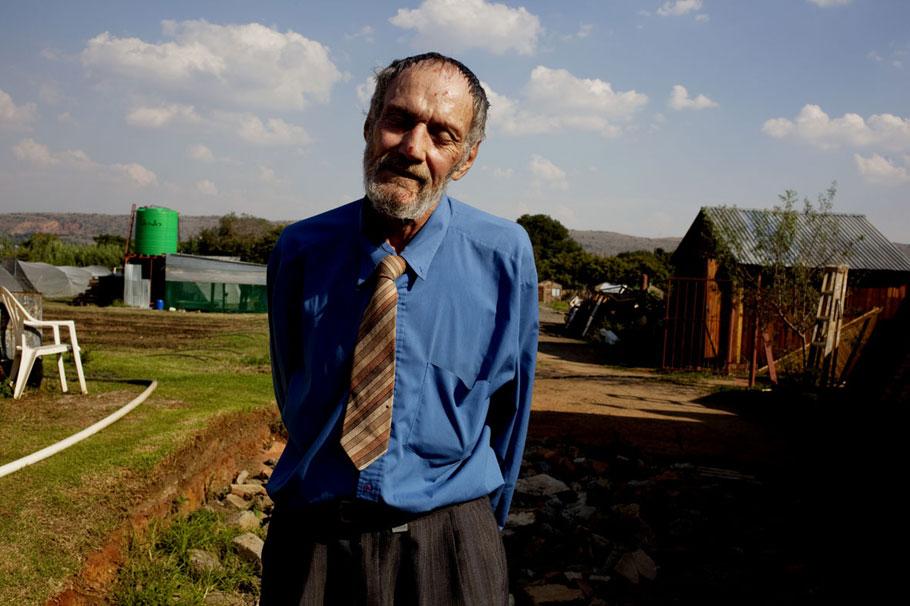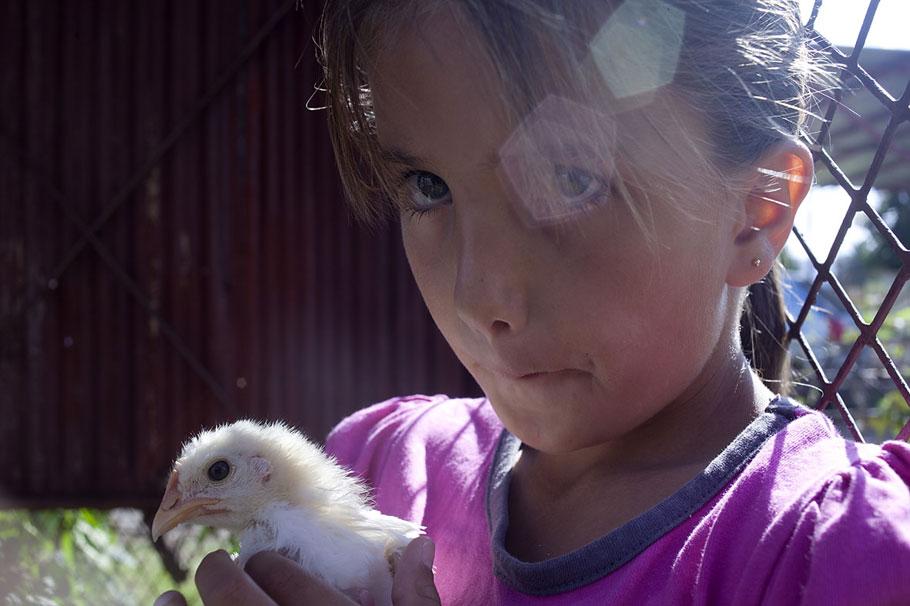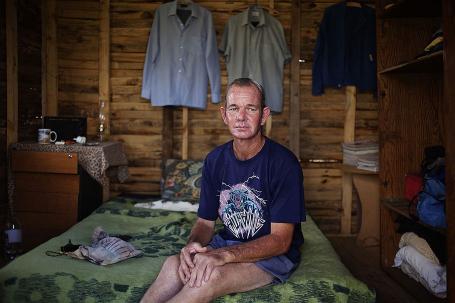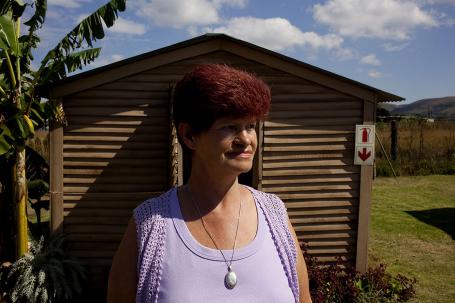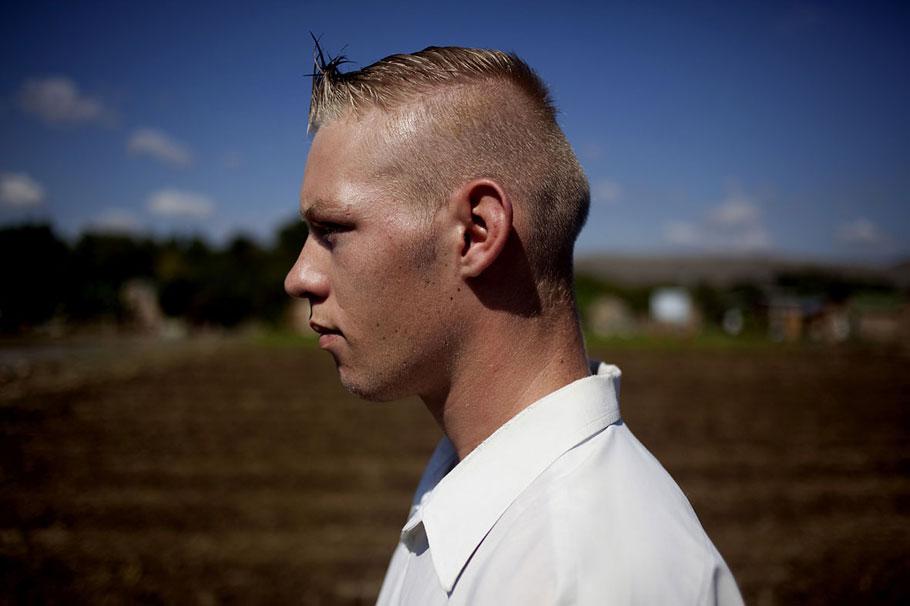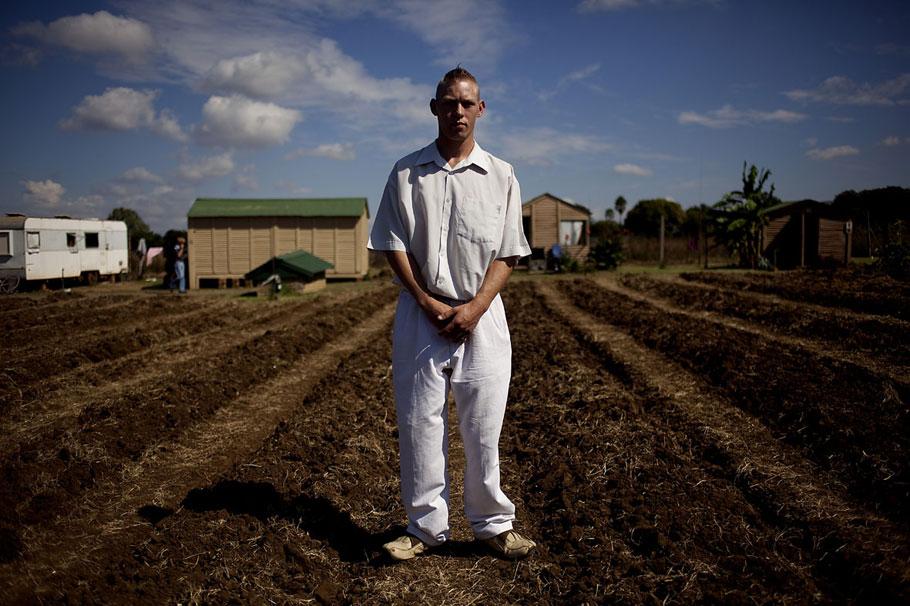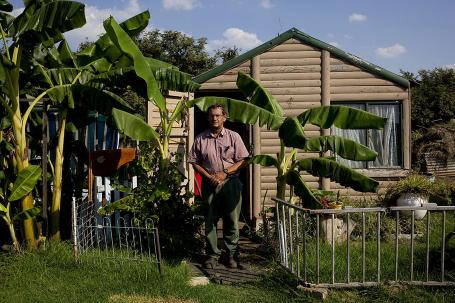Poor Boer
The Men
In the early nineteenth century (the period that interests us) the vast cotton plantations on the riverbanks were worked from sunup to sundown by Negro slaves. They slept in wooden cabins on dirt floors. Apart from the mother-child relationship, kinship was conventional and murky; the slaves had given names, but not always surname. They did not know how to read. Their soft falsetto voices sang an English of drawn-out vowels, They worked in rows, stooped under the overseer’s lash. They would try to escape, and men with full beards would leap astride beautiful horses to hunt them down with baying dogs.
Onto an alluvium of beastlike hopefulness and African fear there had sifted the words of the Scripture; their faith, therefore, was Christian. Go down, Moses, they would sing, low and in unison. The Mississippi served them as a magnificent image of the sordid Jordan.
The owners of that hard-worked land and those bands of Negroes were idlers, greedy gentlemen with long hair who lived in wide-fronted mansions that looked out upon the river—their porches always pseudo-Greek with columns made of soft white pine. Good slaves cost a thousand dollars, but they didn’t last long. Some were so ungrateful as to sicken and die. A man had to get the most he could out of such uncertain investments. That was why the slaves were in the fields from sunup to sundown; that was why the fields were made to yield up their cotton or tobacco or sugarcane every year. The female soil, worn and haggard from bearing that impatient culture’s get, was left barren within a few years, and a formless, clayey desert crept into the plantations.
On broken-down farms, on the outskirts of the cities, in dense fields of sugarcane, and on abject mud flats lived the “poor whites”; they were fishermen, sometime hunters, horse thieves. They would sometimes even beg pieces of stolen food from the Negroes. And yet in their prostration they held one point of pride—their blood, untainted by “the cross of color” and unmixed. Lazarus Morell was one of these men.
Jorge Luís Borges, “A Universal History of Infamy” (Historia Universal de la Infâmia, 1935).
****
Jordi Burch travelled during the months of March and April of 2010 by several places in South Africa. “Poor Boer,” the series of images of the “Boers”, is an approach to a very specific reality of this country, whose anthropological characteristics are reflected in how they present these people. In general, are accompanied what Jordi Burch saw them: a vast landscape, the rural technology, the other “Boers”, the animals, symptoms of a transit that was back there (or still?).
For Jordi Burch, this trip served to understand a little better a parallel reality to the world cup football.
Signs of the times in this post-apartheid South Africa. The white middle class is poorer. They have no support. They have no solution. This is a community of Poor Whites in the town of Danville, on the outskirts of Pretoria.
Jordi Burch
